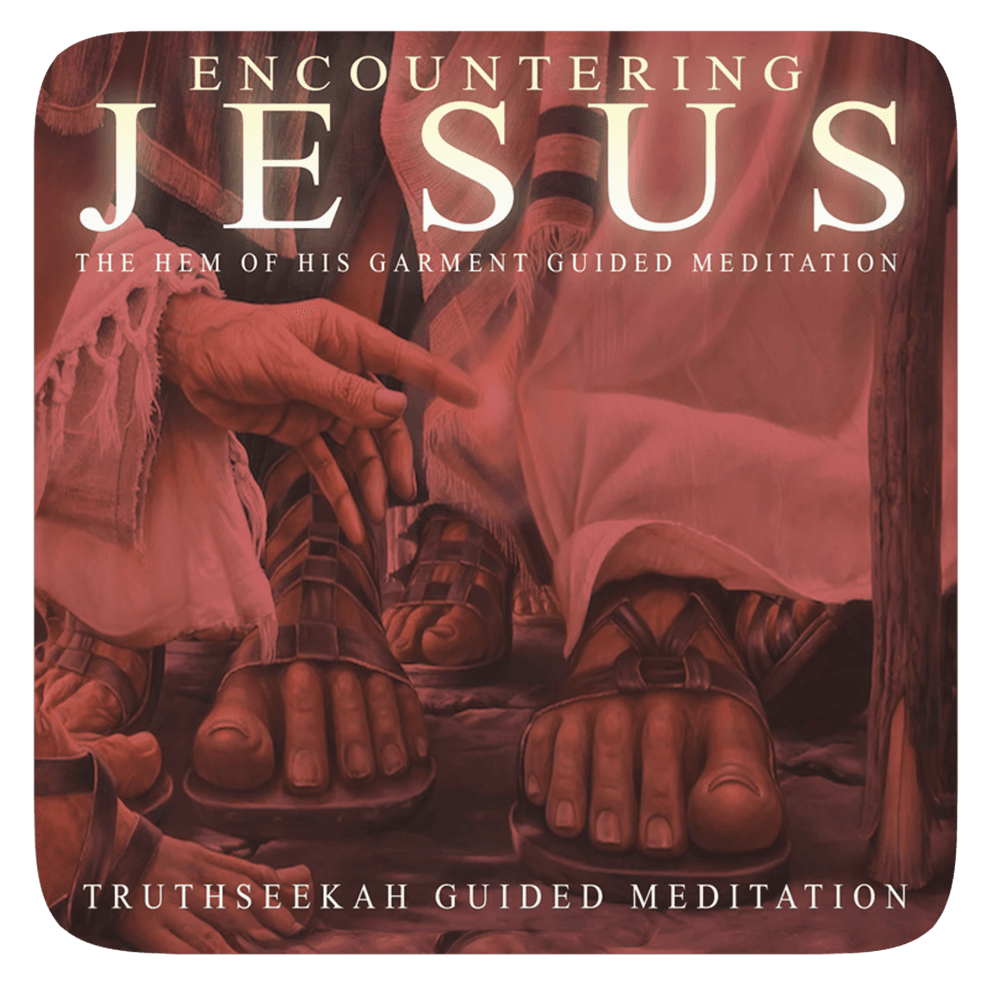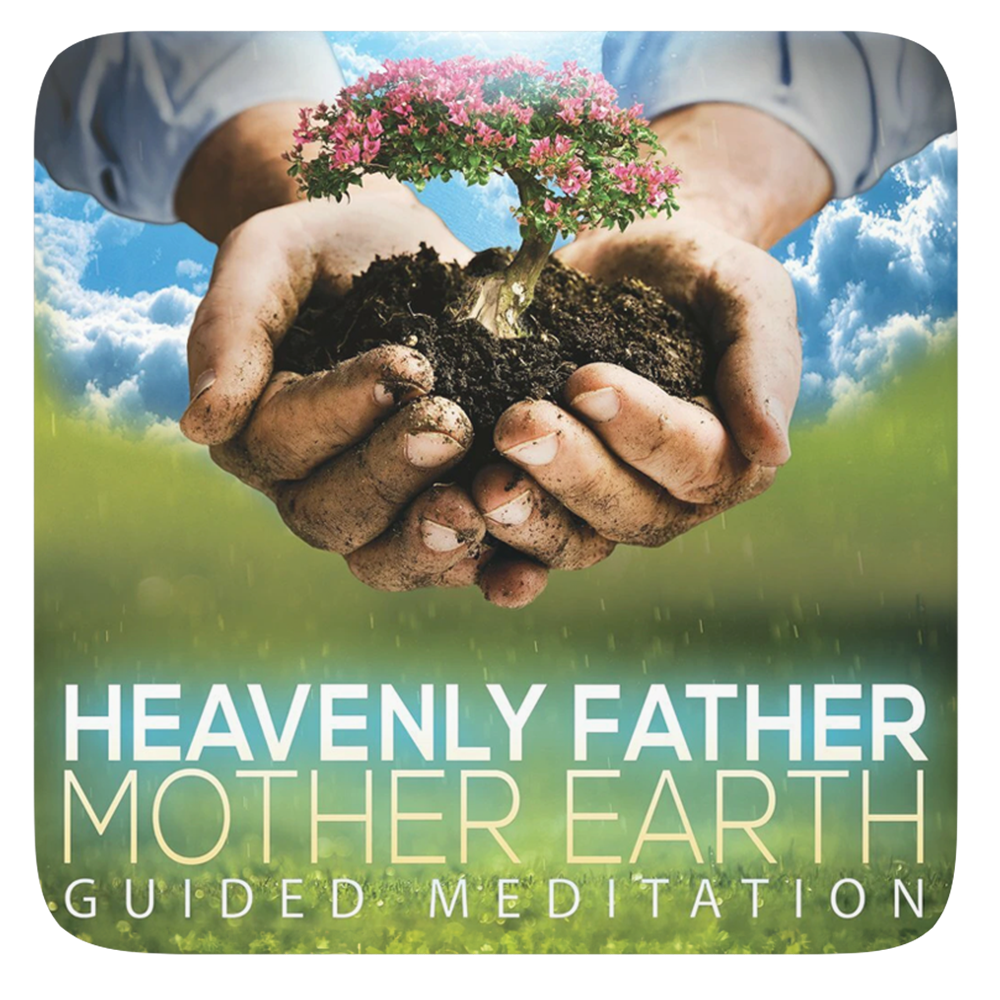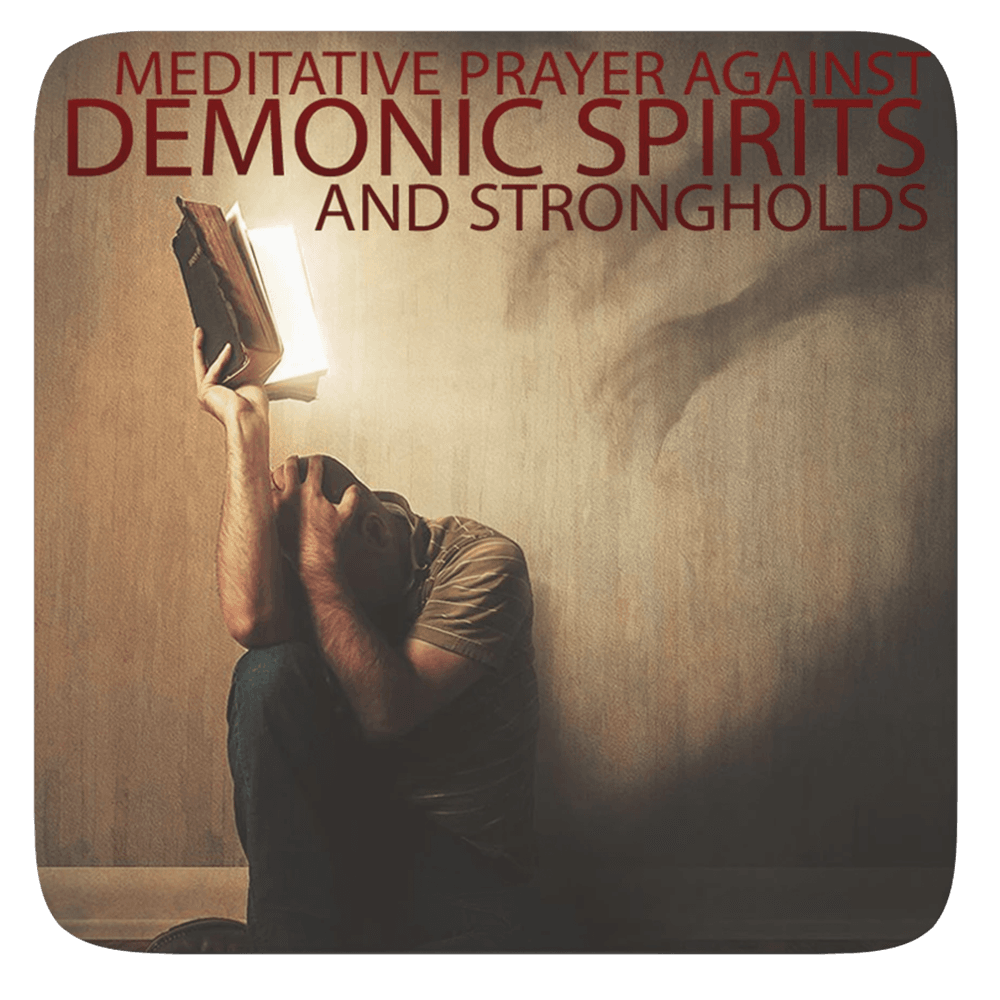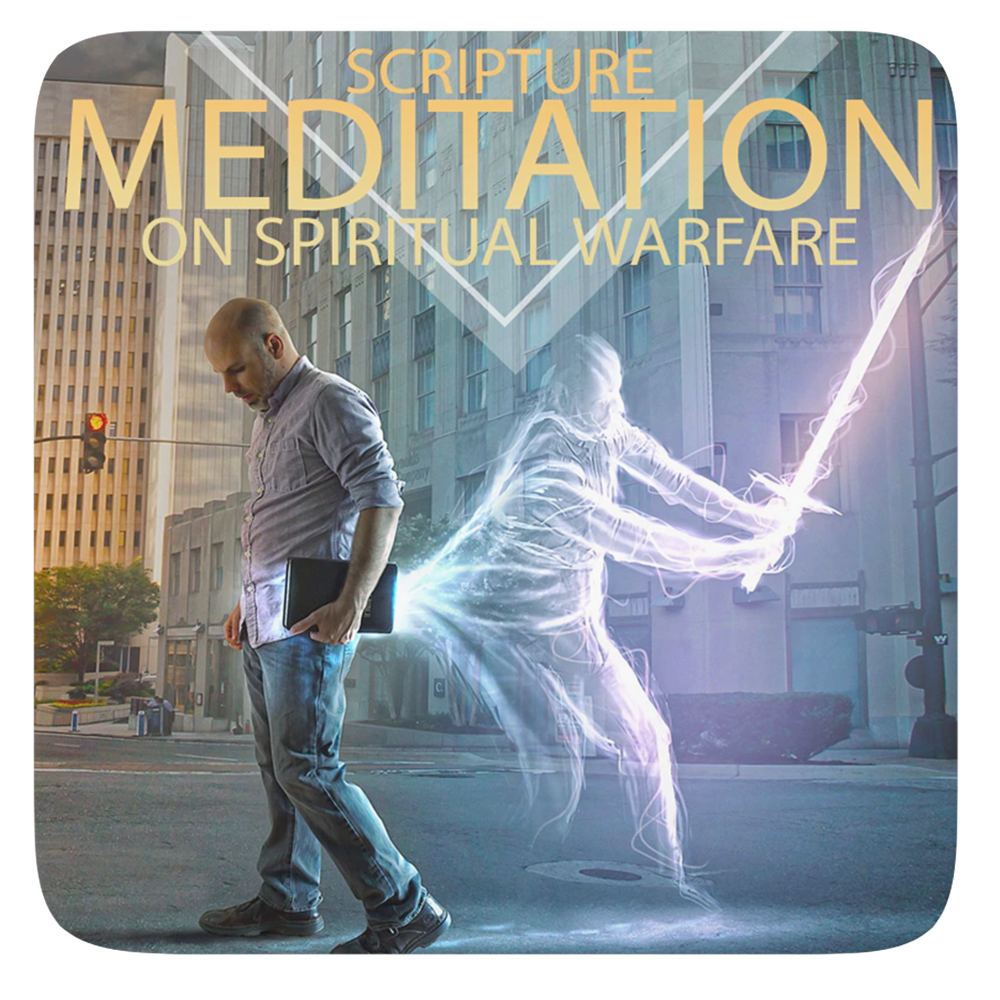Many Christians grapple with the use of sage for spiritual cleansing, unsure of how it aligns with their religious beliefs. Despite its popularity in various spiritual communities, the practice often raises concerns about its appropriateness within a biblical framework. This uncertainty can leave believers feeling conflicted about adopting this ancient method, worried about straying from their faith’s teachings. Discover how sage can be used respectfully and effectively for spiritual cleansing, grounded in biblical principles, allowing you to embrace this powerful tool without compromising your Christian values.
How to Harness the Power of Incense for Spiritual Warfare and Healing
Incense has been used for centuries not only for its aromatic properties but also for its potent spiritual significance. In Christian mysticism, incense plays a crucial role in spiritual warfare and healing, serving as a tool to purify the environment, ward off demonic energies, and enhance prayer. “Incense is so powerful that it’s literally healing—it kills germs in the air, you breathe it into your lungs, and it’ll kill all the bacteria and germs that are trying to get into your body,” the transcript reveals. This practice, deeply rooted in biblical traditions, sees incense as a carrier of prayers and a cleanser of negative influences, making it indispensable in the fight against spiritual and physical ailments.
How to Use Sage for Spiritual Cleansing According to Biblical Principles
Sage, often associated with smudging, has found a place in Christian practices for spiritual cleansing. Despite some controversy, sage can be aligned with biblical principles when used with the right intent. The process involves burning sage to produce smoke that believers think can cleanse spaces and individuals from evil spirits and negative energy. “Negative energy, or trauma, just like Jesus doesn’t care what you call them—the demons don’t care what you call them; it’s demon-stuck emotion, no listen, it’s all of it,” underscores the importance of intention in spiritual practices. By viewing sage through the lens of Christian symbolism, believers can utilize it as a powerful tool in their spiritual arsenal, ensuring that the act of smudging remains in harmony with their faith’s core values.
How to Approach Physical and Spiritual Healing with Biblical Authority and Wisdom
Approaching healing from both a physical and spiritual standpoint requires a deep connection to biblical authority and wisdom. Christians are encouraged to not only pray but also engage in practical actions that Jesus himself advocated—actions that often combined the spiritual with the physical. “He didn’t just tell people to say his name; he told people to do practical things to achieve their healing,” reflects the importance of a holistic approach to health. By understanding and applying the teachings of the Bible in everyday life, believers can ensure that their practices of healing are grounded in the wisdom and authority that scripture provides, thereby enriching their spiritual journey and enhancing their well-being.
Guidelines for Christian Mystics on Using Non-Traditional Methods for Deliverance
For Christian mystics, exploring non-traditional methods for deliverance, such as breath work, meditation, and even yoga, can seem daunting but are profoundly effective. The key is to approach these practices with a spirit of discernment and integrate them into a Christian framework. “There is release, and there are different things that you can do and that you must do,” suggests the flexibility within Christian mysticism for incorporating varied healing modalities. It’s essential for practitioners to remember that such methods should complement their faith, not replace it, and always aim to bring them closer to God while providing relief from spiritual burdens.










































Responses